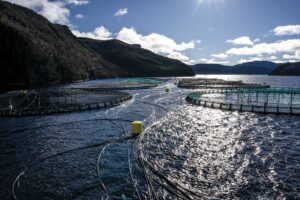Winds whipping, waves crashing, seawalls surmounted; parks flooded, piers demolished, escaped logs hurled. The massive damage caused to Vancouver’s coastline in early January was born from what one Vancouver park board director described a “spectacular confluence of events.” In circumstances where just a few centimetres of water can prove a tipping point with devastating consequences, one phenomenon surges forward: king tide.
Non-scientific in origin, the phrase emerged from Australia in 2009 as the country faced its highest seasonal tides in over 20 years. Now, the name is gaining popularity with the public, the media and — slowly, grudgingly — the scientific community.
King tides are both naturally occurring and entirely predictable. Simply put, they are the highest of high tides. How they come about, however, involves a conjunction of cosmic proportions — one befitting their regal title.
Gravity dictates tides — the Moon, Sun and Earth’s rotation all get a say — manifesting in the local rise and fall of sea levels. In a lunar month, the highest tides occur every two weeks — the new and full moons. These tides, called spring tides, are around 20 per cent higher than regular tides.















